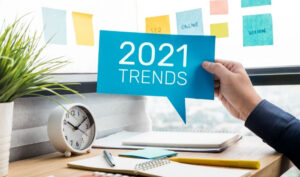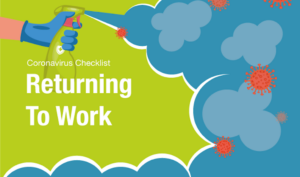
Flexibility: Key to Employee Retention in 2023
As 2022 comes to a close, several work trends are clearly visible on the horizon. Here’s one employers can’t afford to ignore — an alarming

As 2022 comes to a close, several work trends are clearly visible on the horizon. Here’s one employers can’t afford to ignore — an alarming

The worst of the COVID-19 pandemic is finally starting to come to an end. Because of this, many companies are re-opening their brick-and-mortar offices. Employees

Many questions remain in the aftermath of COVID-19, with some of the biggest ones relating to the economic recovery. When will the economy rebound and,

The pandemic taught us a lot about ourselves. Like how many of us don’t need to go into an office to be productive. That flexibility

What do you think of when someone mentions payroll? Does your mind immediately conjure up an employee asking you for help regarding incorrect calculations and

As a human resources professional, you’re no stranger to thinking on your feet and solving complex problems. You never quite know what you’re going to

The COVID-19 pandemic severely wounded the traditional workplace, causing an even greater need for productivity tools. Even when the pandemic recedes, the workplace will not

The pandemic has brought significant physical and mental health concerns to people around the world. With business closings, reductions in force, and forced isolation for

Welcome to Workplace 3.0… How our workspaces have transitioned! There was a time not so long ago when most of us led dual lives –

Thus far into the COVID-19 crisis, mental health and well-being have dropped a staggering 33 percent. As a result, many employees are no longer content

Over one year into the pandemic, nearly everything about the workforce has changed — from when and where we work to how employees interact with

Few global events have dramatically transformed the world of work as the COVID-19 crisis. Perhaps the most critical issue to the modern workforce, its impact

Since the coronavirus pandemic began, one question has been on everyone’s minds: When can we go back to normal? Of course, many areas are seeing

Once upon a time, we assembled around the office coffee machine to discuss what antics happened over the weekend. Now, of course, COVID-19 has wholly

Once the pandemic is behind us, and in what will be a blended work environment, what will be the best way to onboard new staff?

Ask anybody: last year wasn’t ideal. But perhaps we shouldn’t completely discount 2020 just yet. When the ball dropped above Times Square at the very

Working from home. Schooling from home. Social distancing. New workplace norms. New consumerism rules. Mask mandates. It’s difficult to identify one aspect of personal life